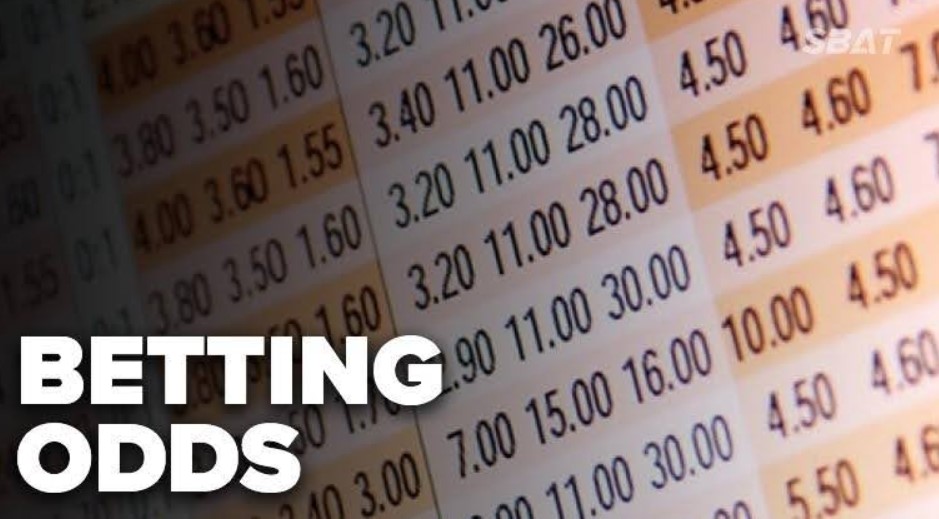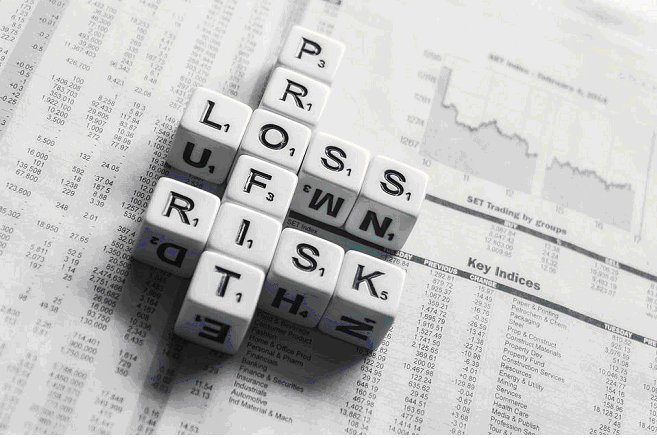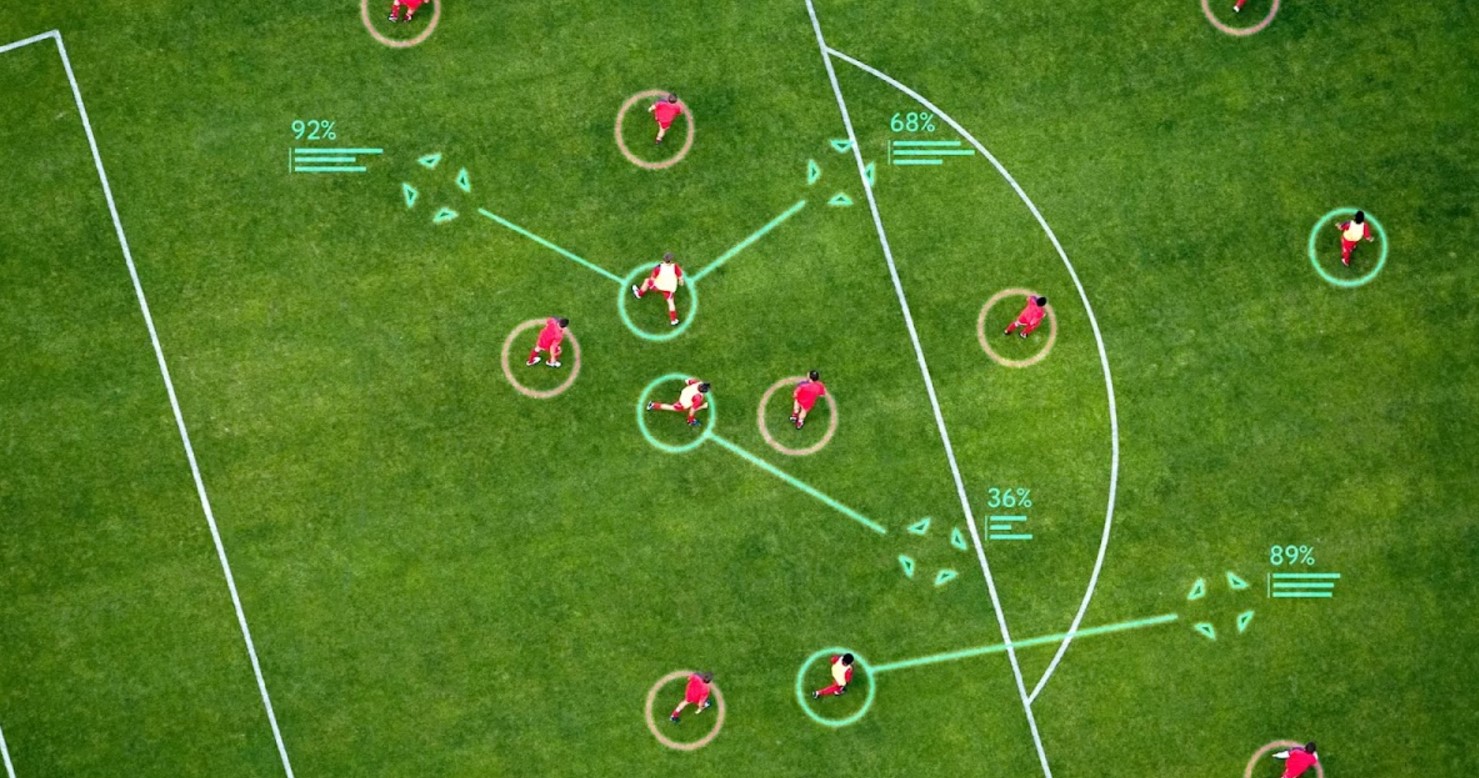
After the emphatic 4–1 victory over city rivals Tottenham, the six-point lead over second place in the Premier League, and the remarkable 2025/2026 season

Fair play has always been the heart of football. Fans want passion, competition, and unforgettable goals but they also want fairness

Ticket prices have been rising faster than inflation for several years now and shows no sign of slowing. Whether you're looking to watch your favorite Premier League team or an NFL match, they're all hammering fans with expensive prices

Understanding football odds has become an essential part of how many fans in Kenya follow the sport today

Sport news has become a key influence on betting behavior in Thailand. Constant updates about games, players, and team performance help people make more informed predictions

Data has emerged as the most important resource in the current sports betting environment

Betting can come with wild excitement and thrill, and while it can be an enjoyable hobby, but if the habit exceeds its limits

Betting on football matches can be unpredictable, but advanced statistical analysis offers a way to improve prediction accuracy


Football thrives on unpredictability, where a single moment can flip the narrative in seconds.










